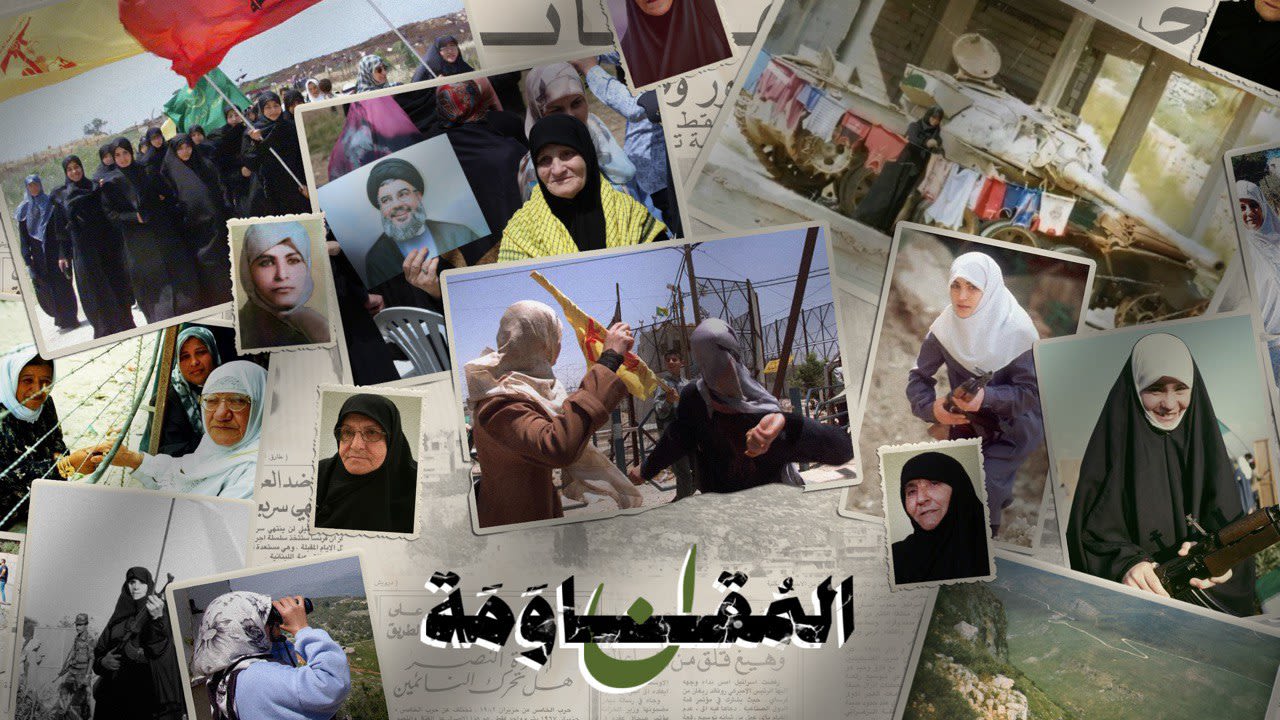
Noun Al Moqawama, a project concerned with highlighting the military role of women against the Israeli enemy during its occupation of southern Lebanon in 1982.
Noun Al Moqawama Documentary
Invasion
Colonialism is a system based on the occupation of one country or region by another country for a long time, where political, economic, and cultural control is imposed on the people and resources of that state or region. The main goal of colonial power is to use resources and manpower to further its own interests. Forms of colonialism include the establishment of colonial-state settlements, the seizure of natural resources, and the imposition of economic and cultural dominance.
This unjust regime is what Israel has been based on since its occupation of Palestine, and it has also tried to apply it in Lebanon, which has suffered from the presence of the Israeli enemy on its borders with Palestine since its occupation today.
One of these attempts was its invasion of Lebanon in June 1982, when they entered Lebanon under the pretext of an assassination attempt on its ambassador to Britain, but their real goal was to colonize Lebanon, turn its lands into settlements, and benefit from its agricultural and water resources.
Israeli aircraft launched heavy raids on Beirut and the south, and the ground invasion of Lebanese territory began two days after the air raids.
With the beginning of the occupation, resistance operations began in the south, Beirut, and other areas. Many parties and organizations participated in confronting the occupation, led by the Islamic Resistance, which formed the backbone of the resistance to the Zionist enemy.
Most of the cities and villages of the south suffered throughout the occupation period from raids, arrests, and the killing of innocent elderly women and children.
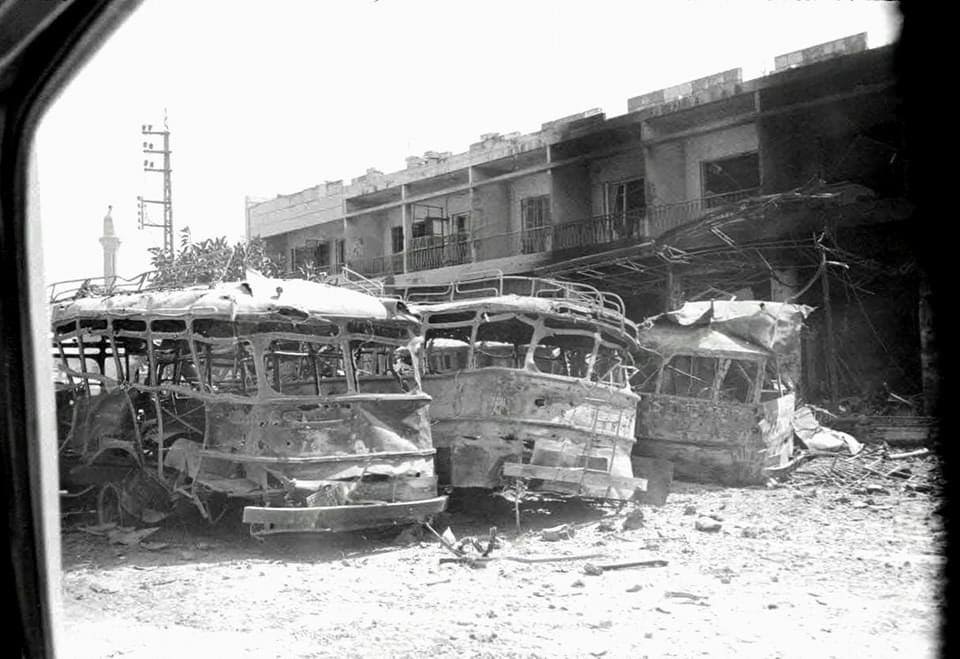
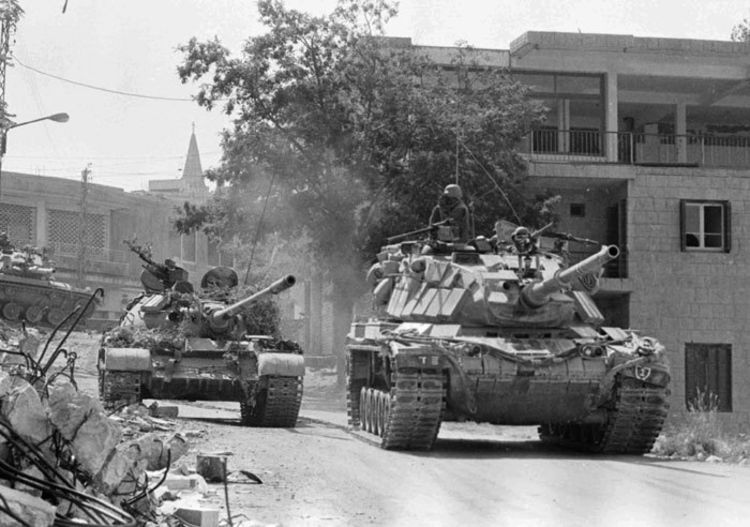
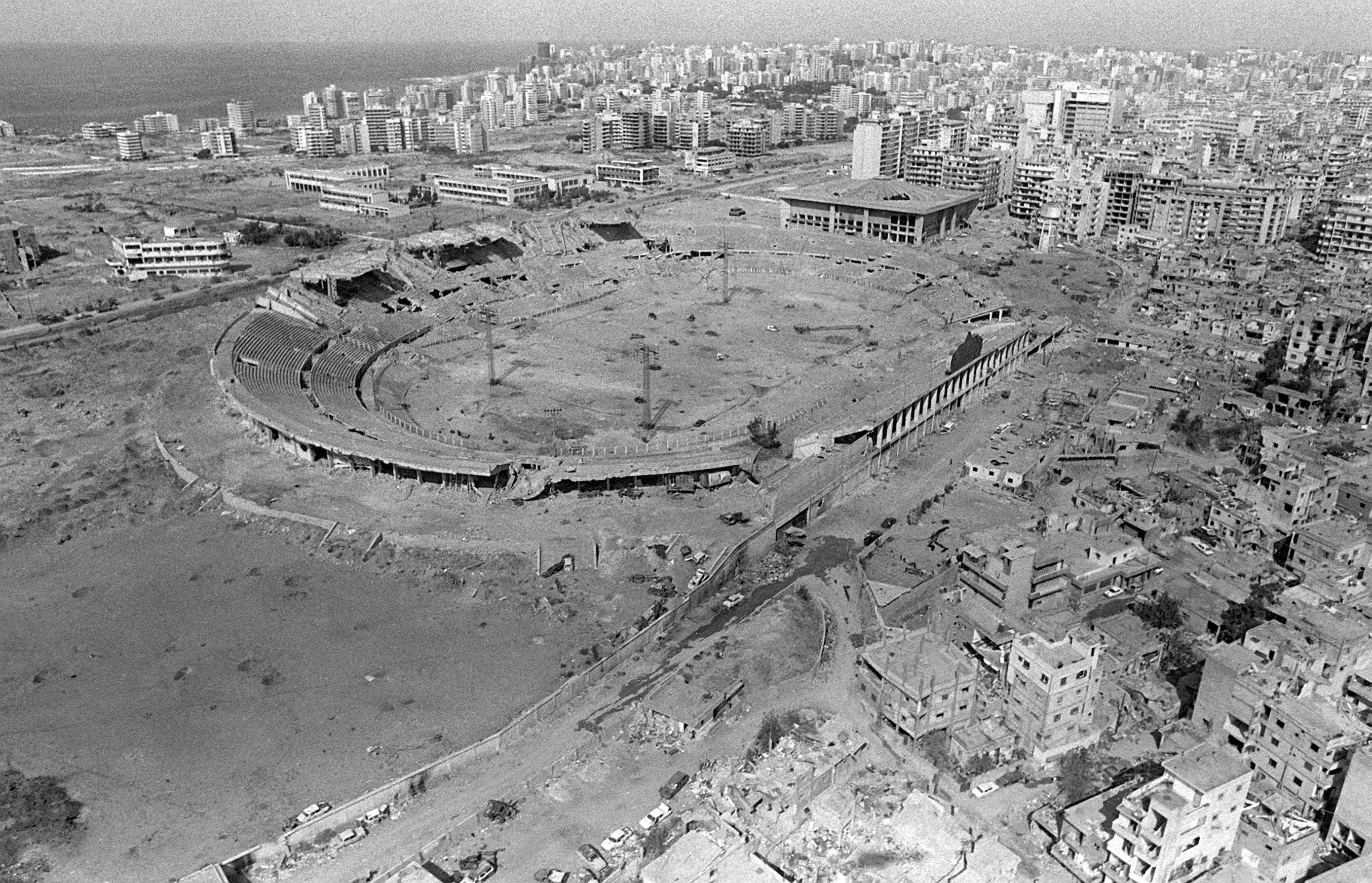
Fatima Nahhal: Warrior Behind the Scenes
Fatima Nahhal's interview in the documentary
Fatima Nahhal tells us her heroism in the face of those who tried to steal her land. She is the woman, or Hajja—as she likes to call her—who provides us with an honorable model of the woman present in all fields and who we have seen and heard how she succeeded in her roles as a mother, wife, sister and daughter, grandmother, and most importantly, as a resistance.
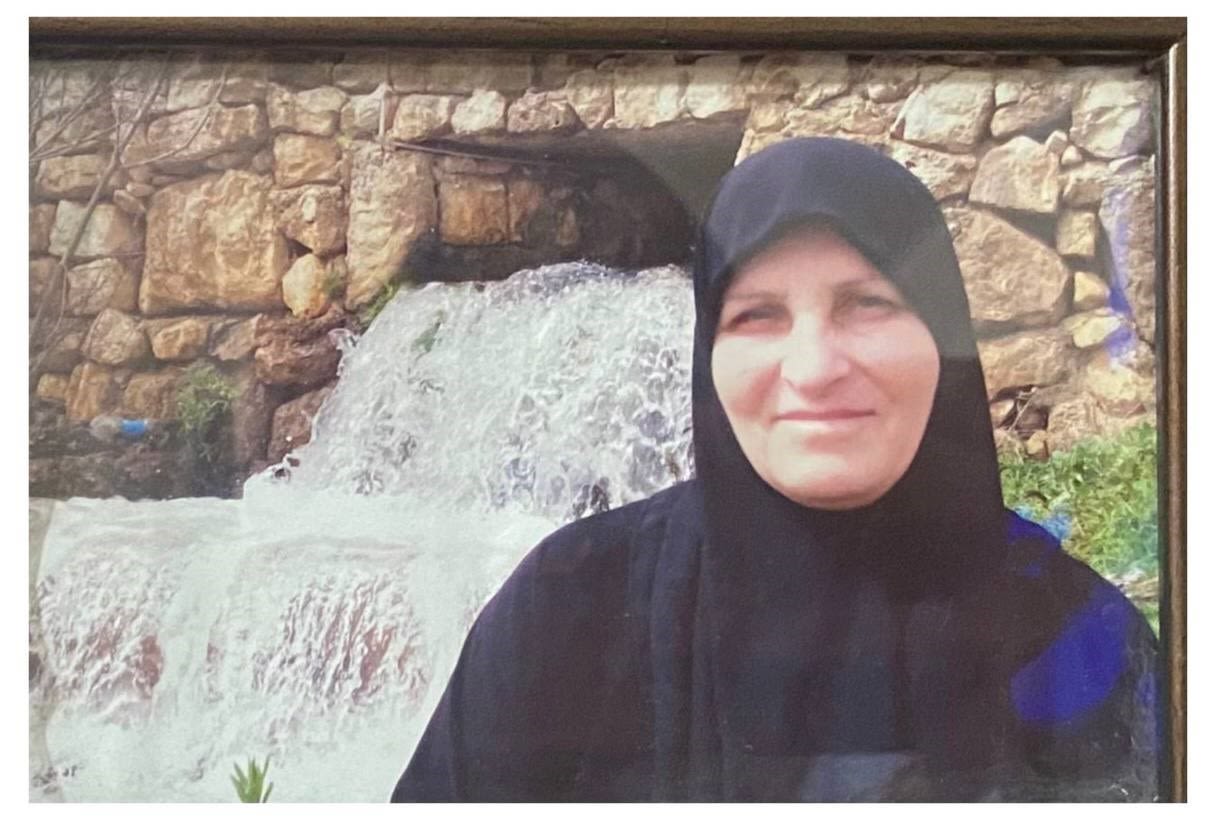
From the archive of Fatima's photos
From the archive of Fatima's photos
Hajja Fatima's house is located in the center of her village of Jibshit, specifically in front of the mosque built by Sheikh Ragheb Harb, one of the pillars of the village and a leader of the Islamic resistance.
The village of Jibshit also has a rich history of events, as the streets of this town witnessed the heroism of the resisters who cleansed it from the filth of the Israeli enemy, who tried to take control of the village but was "disturbed" carrying their equipment and the unclean corpses of his soldiers.
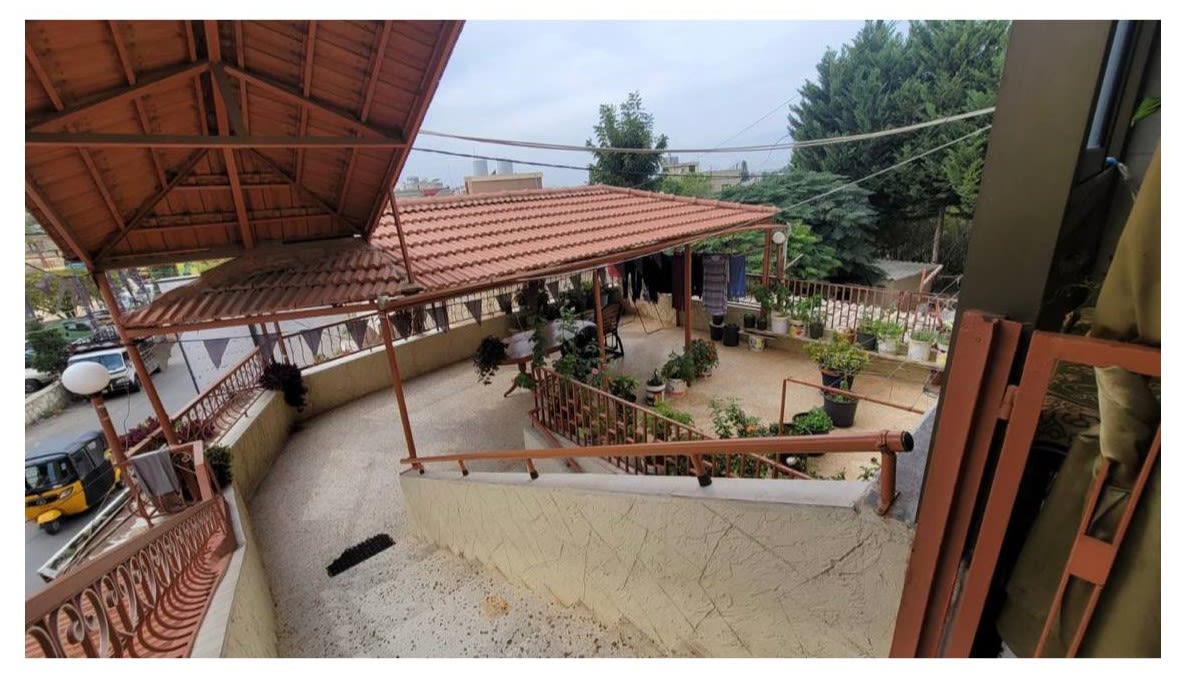
Photo for Fatima's balcony
Photo for Fatima's balcony
At the entrance to the house, a large staircase leads us to a spacious balcony overlooking the entire village, and each corner of this balcony has stories of the courage and valor of Hajja Fatima.
From this balcony, Hajja watched the enemy, fled the young resistance, and threatened the soldiers, which is one of the witnesses to the defeat of the Israeli enemy and to the steadfastness and strength of the women of southern Lebanon.
On the edges of this balcony is a group of diverse crops that Fatima cares about, and these crops are a symbol of southern Lebanon and one of the interests of women, as they are interested in agriculture and healthy eating as much as they are interested in other things.
We hear a voice from the front of the entrance to the house calling us in a southern dialect, "Come in, come in," as we were greeted by a mother who meets her children.
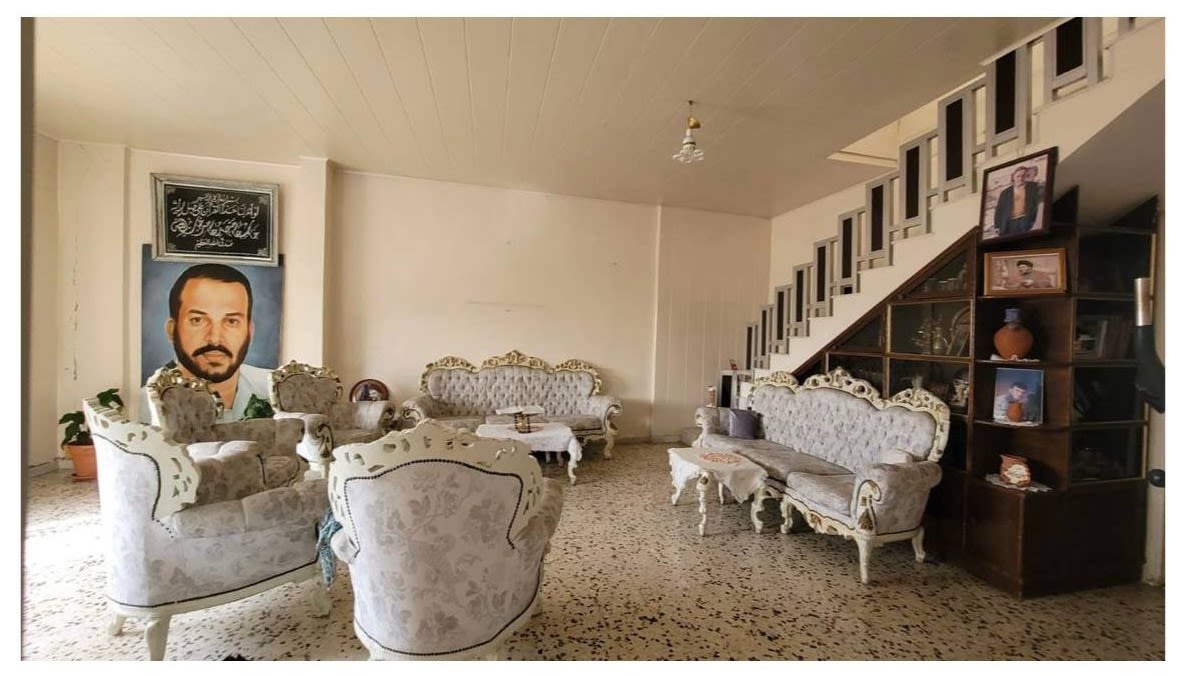
Photo for Fatima's salon that Abu Hussein used to work in
Photo for Fatima's salon that Abu Hussein used to work in
We walked into the "Salon" room, which suddenly brought back the feeling of nostalgia for childhood days and the old houses that the new buildings had missed.
White arches, windows with iron edge and flowered glass, tables covered with hand-made white sheets and cleft walls, and a large hanging drawing of the martyr Abu Hussein Al-Asmar and above it a Quranic verse—all details tell us the secrets of the victory of the resistance, and the secrets of the liberation of the south from the brutal enemy, by martyrs and resistance, and the Qur'an, and the women of the south resisting, and tell us the stories of young people who passed one day on this room and set out to liberate their land, until they obtained the highest grades.
She also witnessed enemy raids to search for “saboteurs,” and the wounded that Hajja received in her home. One time, a wounded young man needed blood due to bleeding, so Fatima took over the task and took young men from the village with her, and took them to the hospital, while the agents monitored her movements, but she knew every one of them. When she arrived at the hospital, a woman from the village who worked there asked her why she had come, and Al-Hajja told her: “My aunt has a newborn baby and she needs blood,” because she knows that she is an agent. After completing the blood draw, she left them her ID just so they would allow her to take the frozen container to store the blood.
Hajja um Muhammad has five daughters and one son, all of whom contributed with her to her military action against the Israeli enemy.
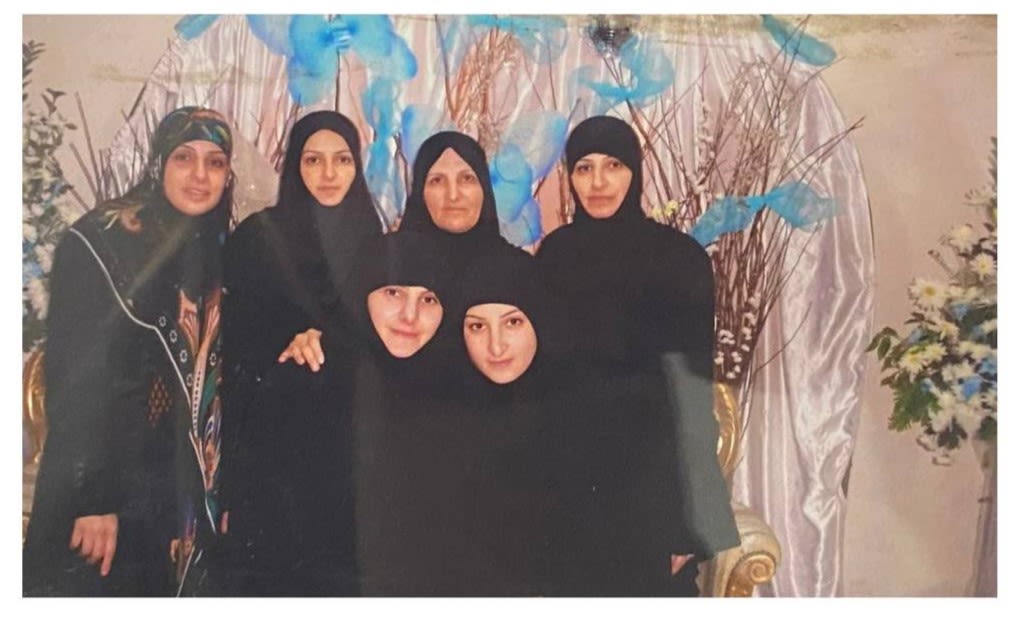
From archive of Fatima with her daughters
From archive of Fatima with her daughters
Her daughter Hanaa was seriously injured by the enemy during their protest in Arbaeen Sheikh Ragheb Harb, when the Israeli enemy tried to attack the village's husseiniya. Hanaa was shot in the head, but it hit her neck and led to temporary paralysis for several years.
Hanaa tells us: "All the injuries I suffered, the martyrdom of my husband, Haj Abu Hussein al-Asmar, and the raising of my children alone are a sacrifice for the south and in defense of our land and our rights."
She continues, "We are not afraid of this brutal enemy, who has a doctrine and principle, won't be afraid of the oppressor but tries with everything he has to triumph over the truth even if it costs him his life."
Her daughter Mohana shares a story with the enemy, when she was twelve years old at the time, she was asked to move weapons from house to another house in the village, which is separated by an Israeli enemy checkpoint.
She wore the military quiver, which included weapons and bullets, under a black cloak, and everyone warned her not to let know the enemy and arrest her. But she didn't care; "I'm brave like my mother," she tells us.
She walked towards the checkpoint and crossed with all strength and confidence, where the brutal soldier told her, "What a fat girl."
During the interview, Hajj Abu Muhammad Sobhi, Haja Fatima's husband, entered and greeted us with the same warmth with which Hajja greeted us. This time, however, al-Hajj was in a hurry, closing the shop early and coming to listen to Sayyed Hassan Nasrallah's speech on Martyr's Day
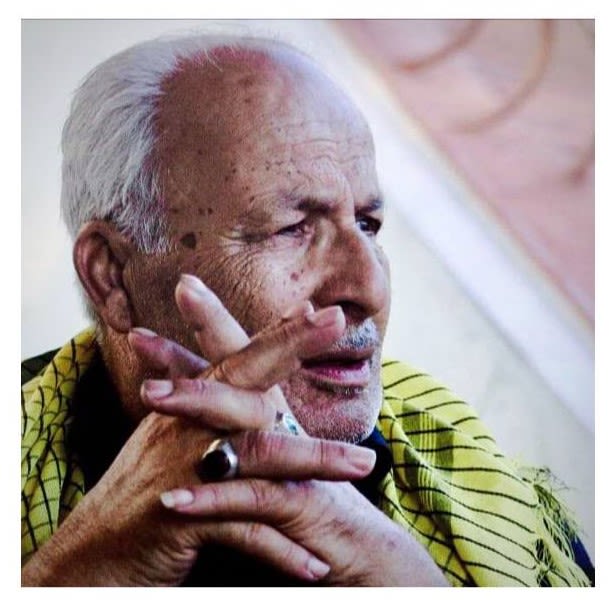
Hajj Abu Mohammad Sobhi, Fatima's husband
Hajj Abu Mohammad Sobhi, Fatima's husband
Al-Haj tells us that he was initially mocking the roles played by his wife, as he expected that she won't t make a difference in the presence of the enemy in our land, but they proved the opposite when they were a threat to the enemy by thwarting his plans and actions that he seeks to achieve, but the secret work of women prevented this.
Hajj Abu Mohammed added to us that the courage of the women of the south and their standing with the pain of this brutal enemy was one of the reasons for the liberation of southern Lebanon and the support of the resistance.
Hajja Fatima is a real example on how women can make a change and contribute in writing history.
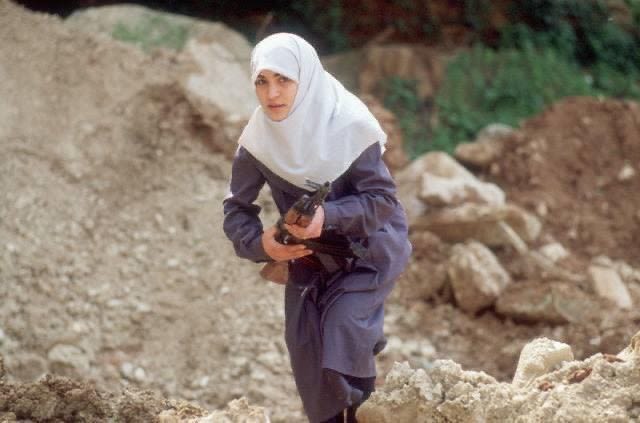
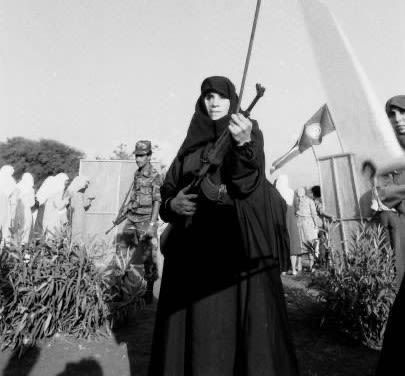
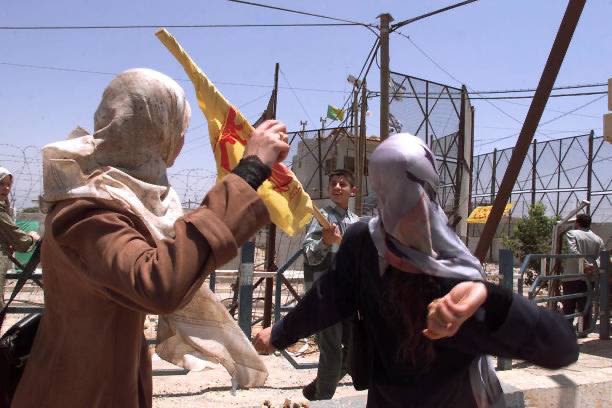
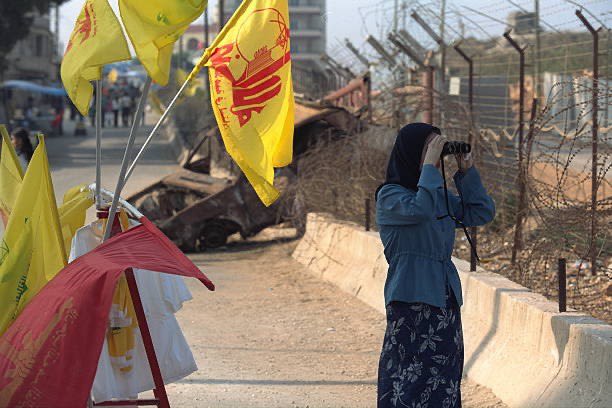
Zahra Nahhal: A Secret of Victory
Zahra Nahhal's interview in the documentary
Hajja Zahra Nahhal; she likes to be called Um Rabie. Rabie, her only son, whom whenever she wants to express how long she loves the resistance, she tells us, "My son is the redemption of the resistance."
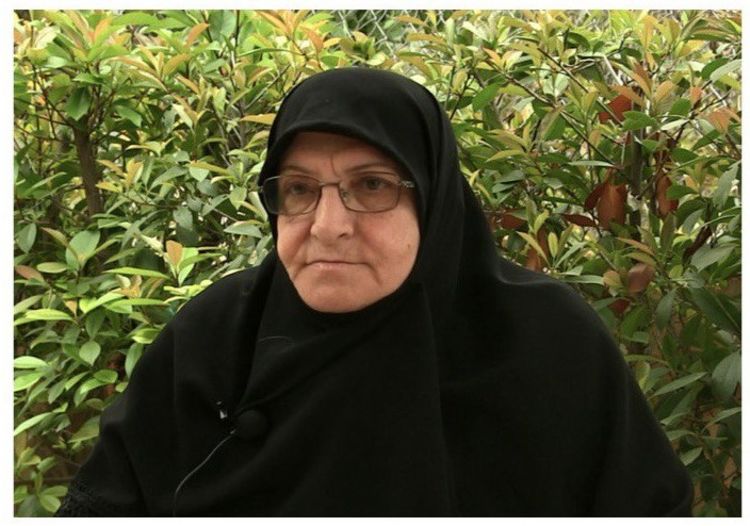
Photo of Hajja Zahra
Photo of Hajja Zahra
When we got lost in the streets of the large village of Jibshit, Um Rabie came in her black Picanto and guided us to her beautiful home. This car was the weapon with which the Israeli enemy was confronted with, so he felt the danger from it.
Um Rabie has a house that looks like her, a spacious balcony adorned with trees with small white roses, most of which were scattered on the ground by the strong air that day.
In the middle is a table and two plastic chairs for "morning" every day.
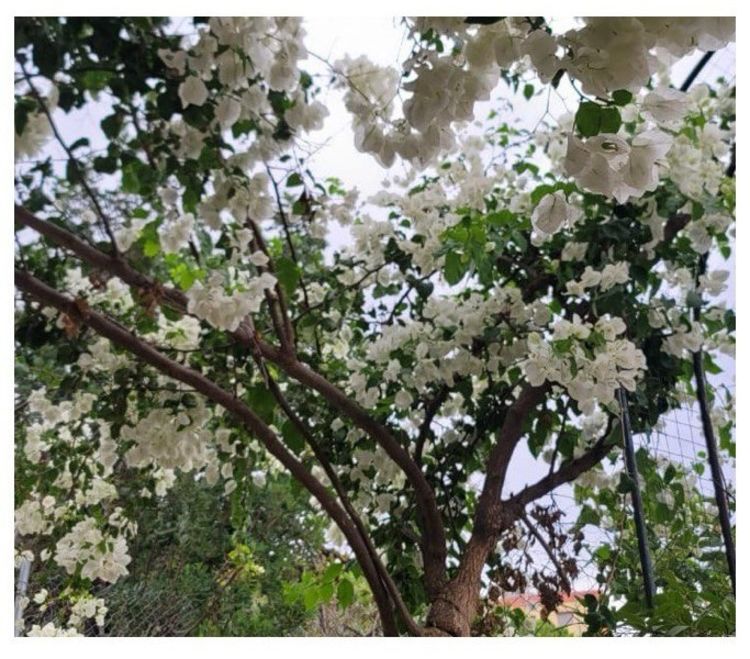
Photo of the home garden
Photo of the home garden
We decided that the interview would be outside, where Um Rabie feels comfortable.
Before starting, Um Rabie told me that she was proud of her stories and that she was willing to tell me everything she did. "Just ask whatever you want."
The first thing that Um Rabie started with was to talk about her family, mother, father, and brothers, and how the struggle and courage she possessed came from her parent's discipline for her and her sisters, until she and her sister Fatima Nahal, who also told us her story, became mujahideen and gave their martyr brother Muhammad for the liberation of the homeland.
Um Rabie was the first to sew abayas and black scarves for women after the advent of Sheikh Ragheb, until they became symbols of southern women who are proudly known for "that ones thay wear black abayas."
The cotton shop she owned was Um Rabie's only source of livelihood after her husband died at a young age, so she took it upon herself to raise Rabie alone.
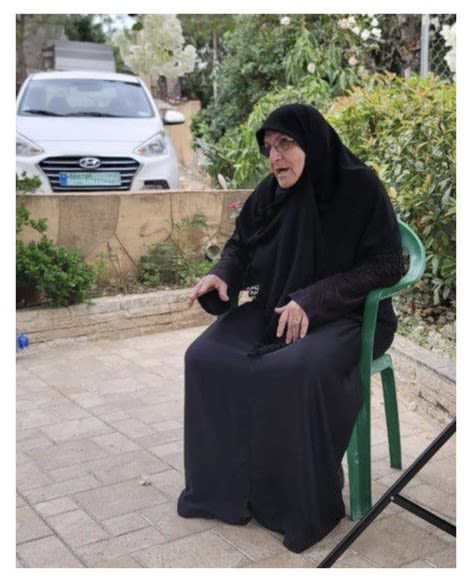
During the interview
During the interview
Also, she was the only woman in the village who owned a car, so the mujahideen relied on her to transport them between areas because the Israeli enemy never suspected women because they think that they were too "weak" to face an entire army.
This car carried the mujahideen and women who were always ready to participate in any sit-in or funeral, led by Hajja um Rabie Nahal.
During the conversation, Hajja laughed whenever she mentioned the enemy, imitated their broken Arabic words, and mocked them, saying, "I want to be afraid of them? Why would I be afraid?"
One time, Hajja Zahra was on a trip in the village of Nabatiyeh, and the enemy suspected that she was transporting the Mujahideen, so he followed her in the car until it broke down due to it colliding with the sidewalk, so he quickly ran away when he saw what had happened.
She insisted on saying, from one sentence to the next, that all she gave to the resistance was closeness to God Almighty.
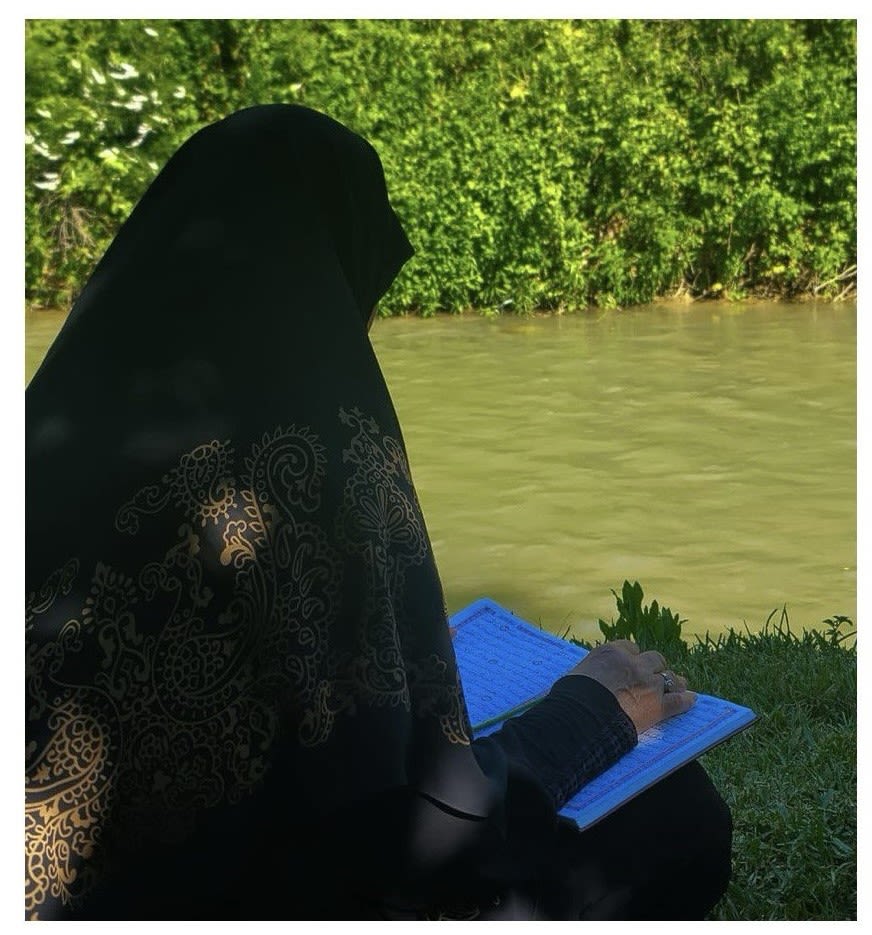
From the archive of Zahra's photos
From the archive of Zahra's photos
Rabie, Hajja's only son, also a mujahid, tells us that he was a witness to his mother's military role during the Israeli invasion of Lebanon, even though she supported him alone through her shops that were blown up by the Israeli enemy.
When the interview was over, she called me to come inside her little simple house, pointed to a picture on the wall of the master of resistance, and said to me, "Do you see how much he brightens the room?"
She distributed candy to us after she was sure that we were not hungry.
Because of the importance of the shop and the car in the life story of Hajja um Rabie, and after the enemy blew them up because they were tools to ridicule the naivety of this "army," um Rabie gave everything she had as a sacrifice for the resistance and the south.
Um Rabie presented us with the models of daughter, sister, wife, father, mother, and mujahid, all of whom she performed in an honorable and inspiring way.
The most important word of Um Rabie, who shows us the courageous southern woman, was "I wish they strayed from us and the south would liberate all together," noting that the strength of the southern bond between each other is too strong to be influenced by the most powerful armies on earth, not only the Israeli enemy.
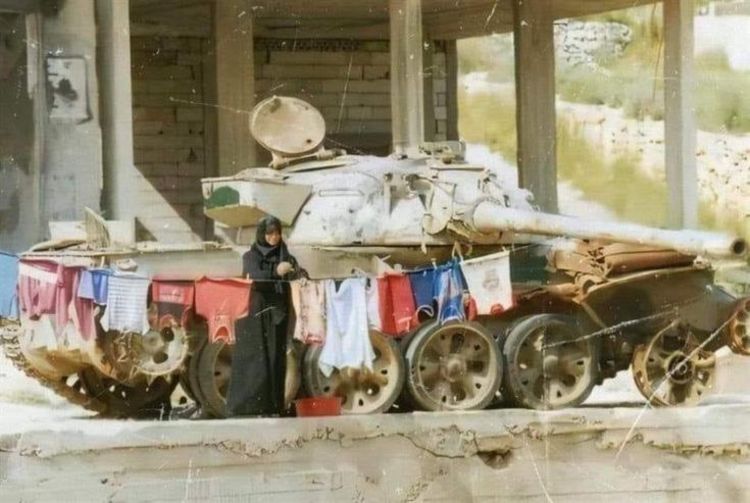
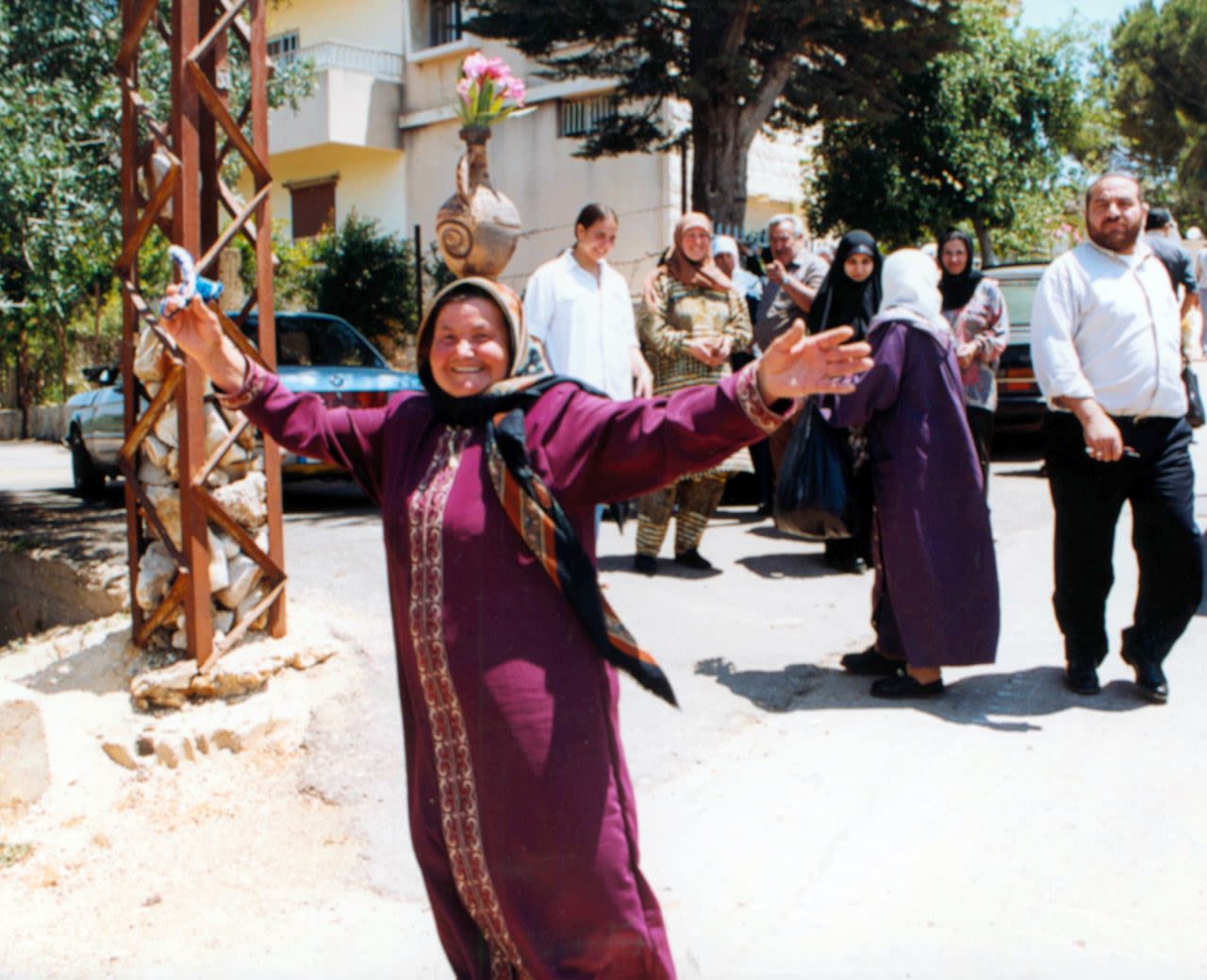
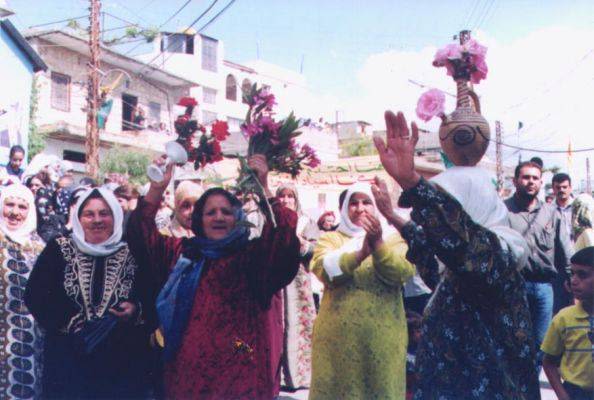
Khadija Jaffal: Eye of resistance among enemies
Khadija Jaffal's interview in the documentary
In the neighborhoods of the town of Adchit, Hajja Khadija's very simple house is located. She greets us with a smile and a hug and enters us into her house, which consists of a bedroom, living room, and kitchen. The light in the rooms of the house is very dim, and all its small details are distinctive, from the sofas to the pictures and doors.
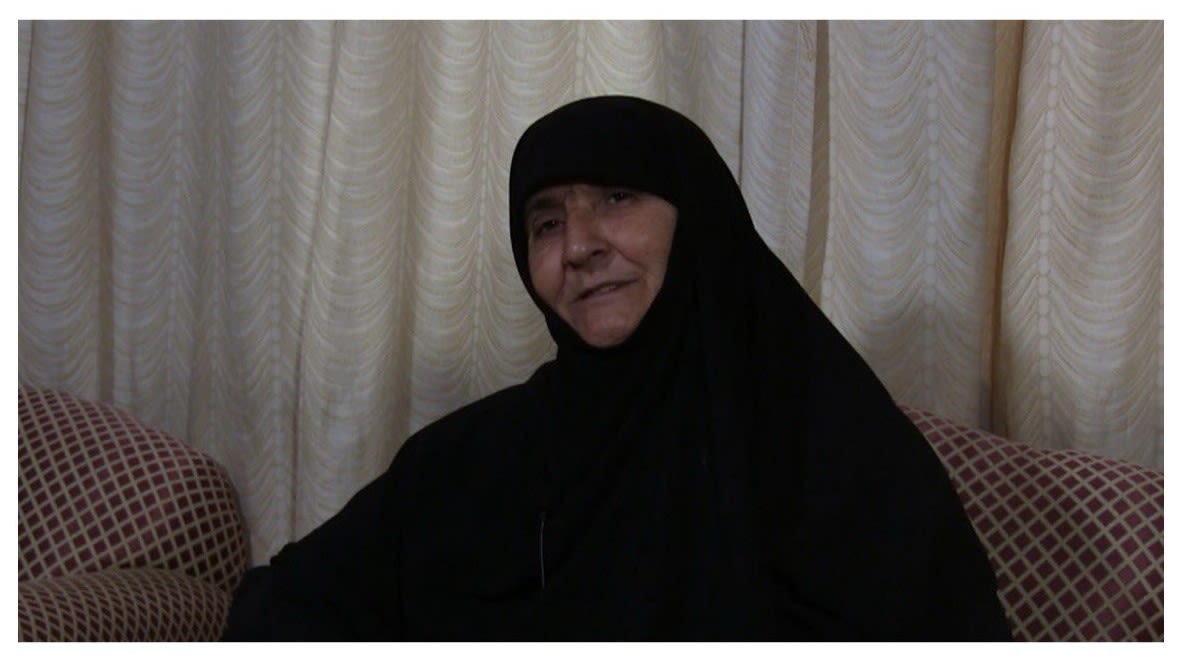
Photo of Hajja Khadija
Photo of Hajja Khadija
In the living room, a row of red and gold couches and curtains cover the windows where no light reaches from outside. The hall is decorated with a large yellow picture, with the inscription "Martyr Ali Saleh" at the bottom.
This humble and desperate house has been built by martyrs and jihadists against the Israeli enemy.
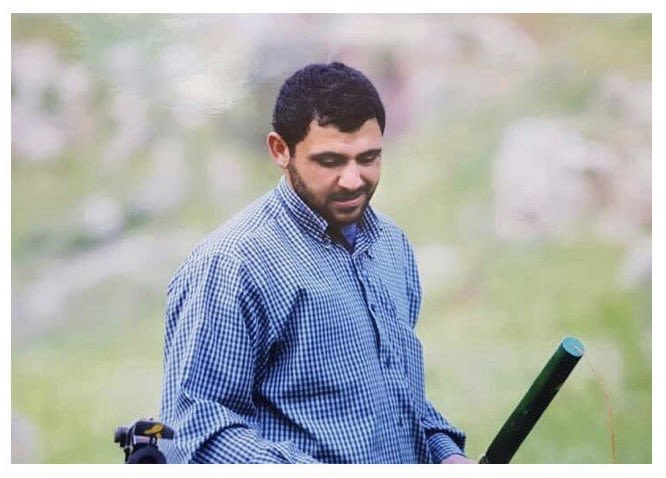
Martyr Ali Saleh, Khadija's son
Martyr Ali Saleh, Khadija's son
The martyr Ali Saleh was one of the most important people who contributed to the defeat of the enemy in the July, 2006. By destroying dozens of Merkava tanks in Wadi al-Hujair in the south that the Israelis are proud to possess, which then led to their withdrawal and defeat. When the martyr Ali knew that the enemy had decided to reach the Litani River, he said: "We must stop their tanks at all costs." He was able to stop their tanks and destroy the myth of the Merkava among the Israelis. He also had contribution during the Israeli occupation in 1992 and was injured three times.
When Ali was martyred, he had three sons and a pregnant wife in the fourth, which was named Bilal after his military father's name.
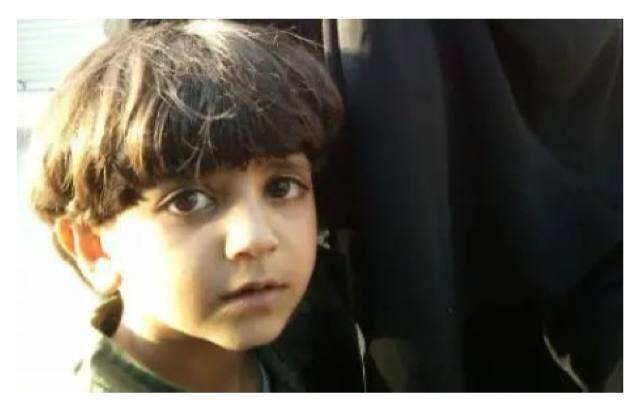
An old photo for Bilal, Ali Saleh's son
An old photo for Bilal, Ali Saleh's son
Hajja told us about her grandson Bilal, how he resembled his martyr father, how her love for him seemed during the conversation, and her joy that he had become a young adult.
During the conversation with Hajja before the interview, she told us a little about the events during the invasion. But she was reluctant to answer our questions because she considered that her work was all closeness to God and that nothing stood in front of the sacrifices of the mujahideen.
However, she was convinced of the need to tell the stories of the women of the South to the world and to provide a model for women resisting.
What distinguishes Hajja Khadija from others is that she lives the story again while speaking, and we have seen this clearly when she talks about agents and the enemy, as she does not get angry when she mentions them, but inside she mocks them.
This came to light when she told us the story of the enemy raiding her house to find out the location of one of the mujahideen. The need pointed to the house of a big man at the end of the village as this mujahideen, and the enemy believed her and left. The laugh they heard from Khadja during the story is enough to show us that they were truly not afraid of the enemy at all.
Hajja says that the enemy did not occupy the southern village of Adshit, but she used to work to know the news of the rest of the neighboring villages and support the youth in transmitting information, so she used to go to those villages on foot, and this is what she told us in her story with Jibshit in "Sawt Al Noon."
She also told us how she survived in her home during the July war, when she sat at home and baked bread, and shells and rockets passed over her. Some may think that she is really afraid, but she does not like to say that, but whoever believes her in the conversation and her spontaneity knows that her strength comes from within and that she is really not afraid of the Israeli enemy at all.
At the end of the interview, I asked her if she liked to be martyred, and she replied that no one among us likes to be martyred, and she didn't continue. Then I got to know each one of us more and insisted that we sit more and come back for another visit.
Sawtahon
More stories of the military participation of southern Lebanese women during the invasion period
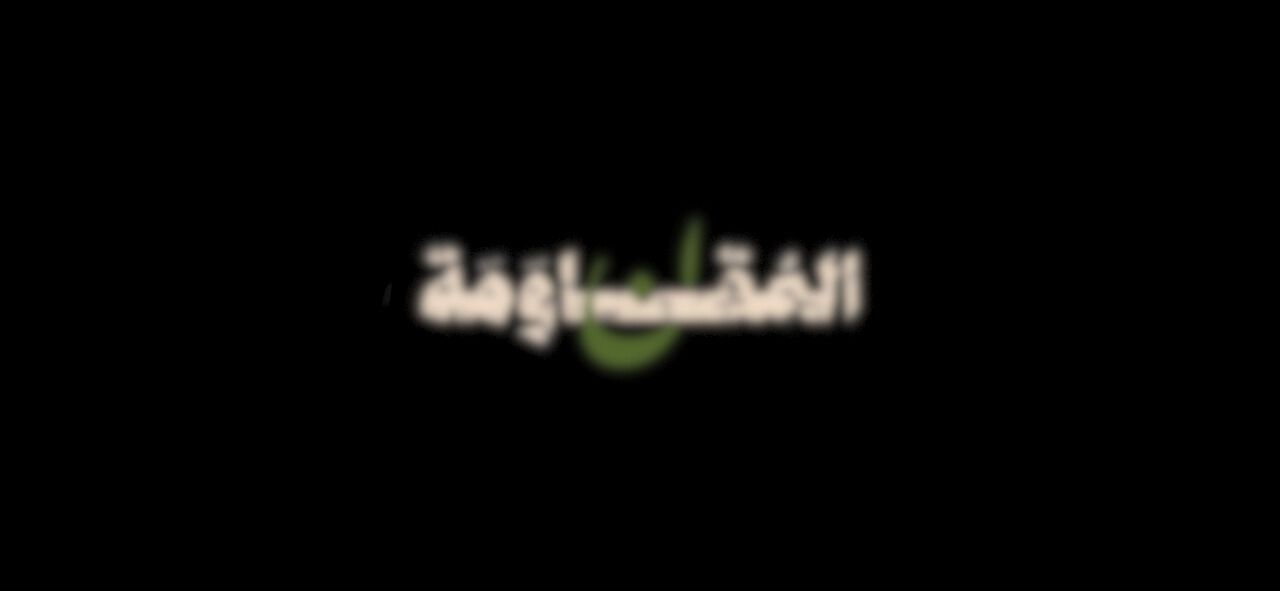
Liberation
On May 25, 2000, southerners returned to their hometown after driving back the Israeli enemy from their territory.
The liberation operation began on May 21, 2000, when two battalions of the Lahad Army militia that are agents of Israel announced their surrender. Then the people of the south began to enter their occupied villages, and the Islamic resistance supported them, and they were not prevented by the attacks and shelling carried out by the Israeli army.
The liberation began from the town of Ghandouria towards Qantara, where the Lebanese entered through a march that included about two hundred people, led by members of the Loyalty to the Parliamentary Resistance bloc, MPs Abdullah Kassir and Nazih Mansour, and entered it for the first time since 1978.
On May 22, 2000, the following villages were liberated: Hula, Markaba, Blida, Bani Hayyan, Talloussa, Adaysa, Beit Yahoun, Konin, Rashaf, and Rab Thalateen. On May 23, 2000, the towns of Bint Jbeil, Ainata, Yarun, Tiri, and other neighbouring villages were liberated. On this day, the residents stormed the Khiam detention center, opened its doors, and freed the prisoners with the departure of the occupation and its agents.
On May 24, 2000, the people and resisters advanced to the villages and towns of West Bekaa, Hasbaya, and their villages, but on the night of May 24, 2000, the last Israeli soldier from the south and western Bekaa was defeated, and May 25, 2000 was declared a day of resistance and liberation.
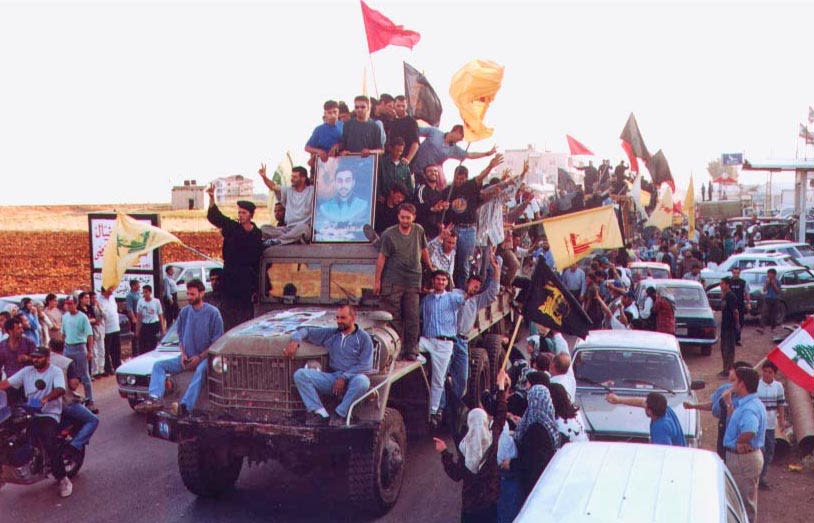
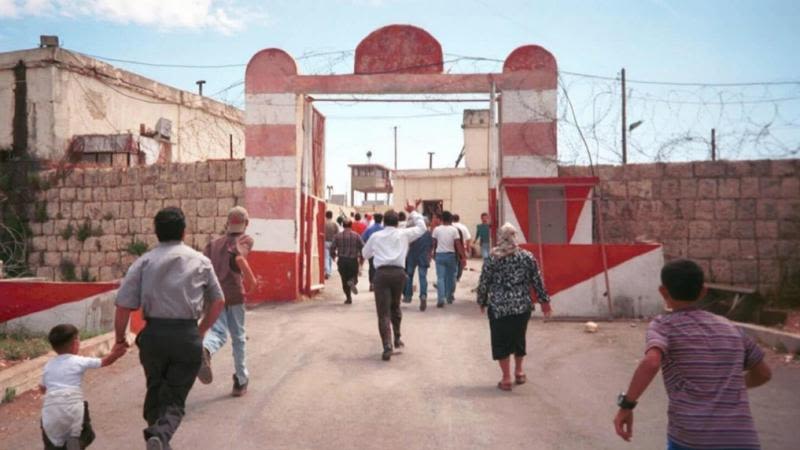
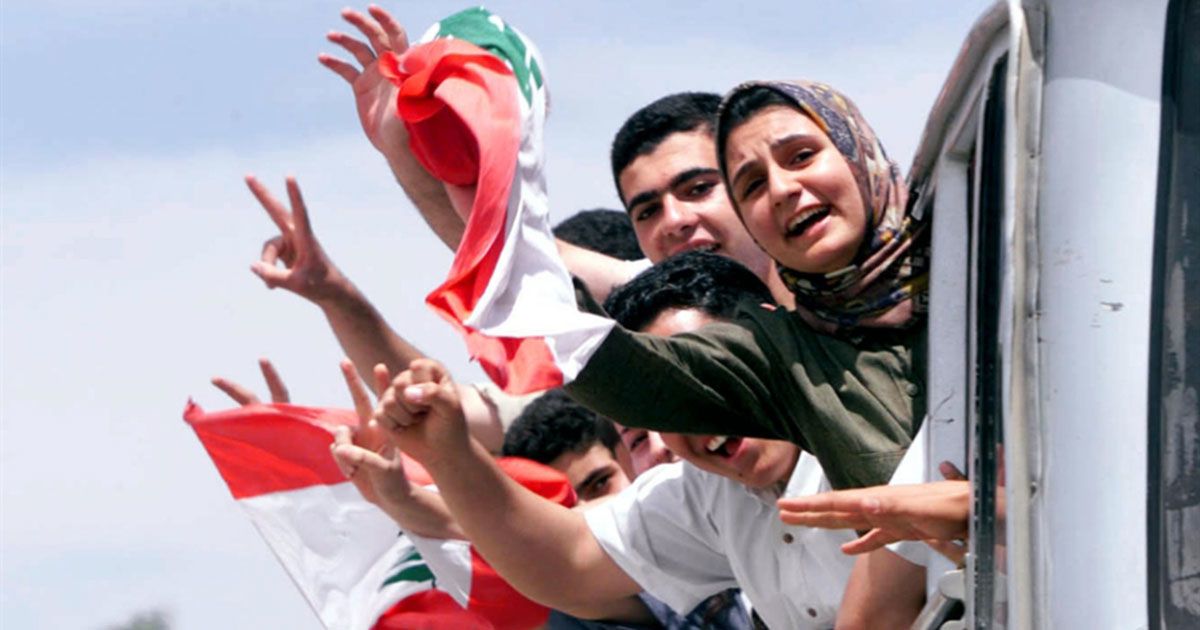
Post-Liberation
An episode with political analyst Dr. Wissam Ismail about the Islamic resistance after the liberation of the south from the Israeli enemy in May 2000.
"The enemy was forced to withdraw, it was not an option."
Females in resistance around the world
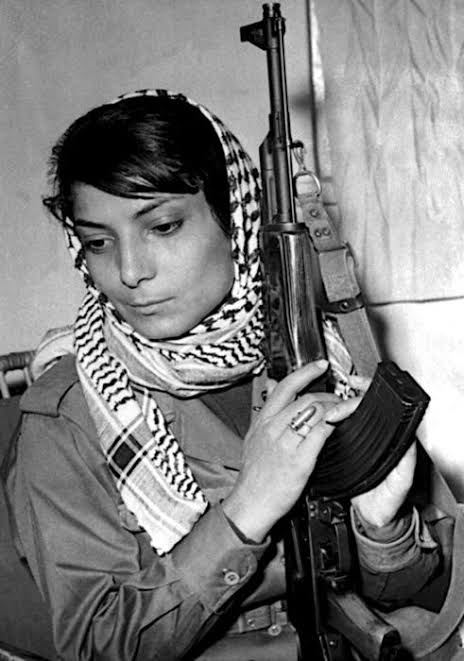
Laila Khaled, Palestine
She is considered the first woman to hijack a plane, as she participated in the hijacking of an American passenger plane that diverted to Syria with the aim of releasing detainees in Palestine and drawing the world's attention towards Palestine. After a while, she attempted to hijack an Israeli plane. Khaled did not succeed in her attempt, and she was arrested and released after that. She now lives in Jordan with her husband and their two sons.
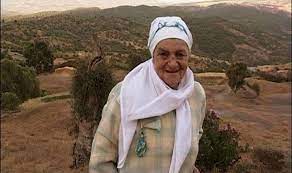
Fatima Azzaiz, Morocco
Known as Fama, she spent a lifetime in the national struggle against Spanish colonialism in northern Morocco, joined the underground cells of the national movement, and joined the ranks of the National Liberation Army. Fama was one of the founders of the National Union of Popular Forces (UNFP). She also contributed to the establishment of the federal women's sector, participated in the electoral experiments of 1976 and 1977, and then changed course to associative work to defend women's rights in women's associations.
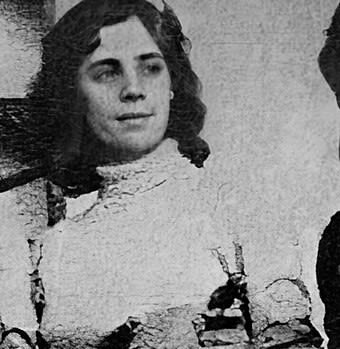
Jamila Bouhired, Algeria
When the Algerian revolution broke out, Bouhired joined the Algerian National Liberation Front to fight against the French occupation at the age of twenty, then joined the ranks of the fedayeen and was the first volunteer to plant bombs in the way of French colonialism. Due to her heroism, she was arrested in 1957 when she fell to the ground bleeding after being shot in the shoulder, and here began her cruel journey of torture.
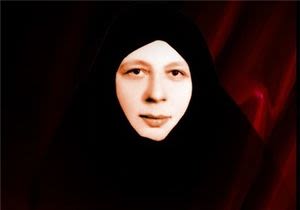
Amna Al-Sadr, Iraq
The martyr Amna bint Ayatollah Sayyid Haider al-Sadr was born in 1937 in the city of Kadhimiya, in an ancient house of knowledge, jihad, and piety.
The martyr Bint Al-Huda was distinguished by her awareness, which made her take a bold and pioneering step in the field of directed writing aimed at educating Muslim women in a way that guarantees their dignity and protects them from deviation and loss.
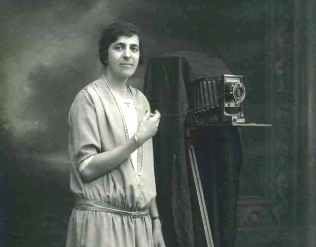
Karima Abboud, Palestine
The first Palestinian photographer She was born in Nazareth, in Palestine. Her father, Pastor Said Abboud, comes from a family with Lebanese roots that trace back to the southern town of Khiam.
Karima Abboud had a major role in that profession, which was alien to Eastern Arab society, especially since many conservative families did not accept appearing on the lenses of this strange invention, except for some ancient families who adopted it through group photography, which is proven by the old photos of some families of Jerusalem, Jaffa, Haifa, and even Gaza in the days of the British Mandate.
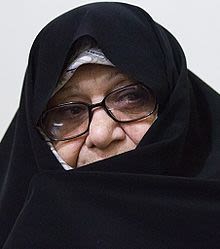
Tahira Dabbagh, Iran
Marzieh Hadidiji, known as Tahira Dabbagh, was one of the political prisoners and activists fighting militarily against the Shah's regime before the victory of the Islamic Revolution.
After the victory of the revolution, she took positions such as commander of the Hamedan Corps and head of Tehran's women's prisons. She was the first female commander of the Western army after the revolution.
What is a woman?
The world differs in defining women and determining the extent of their influence in changing the course of events and building societies, but history and the stories of women who have passed remain the greatest evidence of the importance of women and their true role in every society, and this is what Dr. at Birzeit University in Palestine, Rula Abu Daho, who was also a prisoner to Israeli enemy, and teaches courses about women in society.
"Women are part of the community of resilience and resistance."
Noun Al Moqawama's Message
In light of the various messages addressed to the women of the world, the ideas and templates that impose on women to live in order to be satisfied by society, and the strict rules and conditions that women must collect in order to be strong and independent, the resistance came to tell some of the stories of strong and independent women, away from the material aspects that many try to limit the importance of women to.
Women's access to degrees and their presence in social, political, and professional life are necessary in order to have an effective role and a strong presence in building society through their work and even through building their families. But the power of man and woman in particular cannot be reduced to these material things because they may not last.
The women of the South and other women around the world whose stories have not yet been heard are an example of a strong woman who is not afraid to stand up to the world's most powerful armies and who clings to her land and her rights at all costs.
The strength of these women comes from their hearts, from adhering to principles and values, which allows them to be present on all fronts that require women to be effective in them, and whoever has his heart as the source of his strength will never be defeated.
